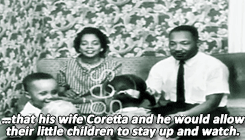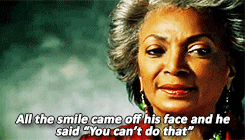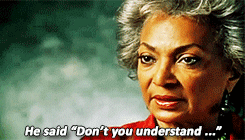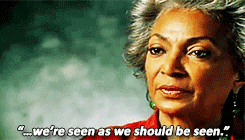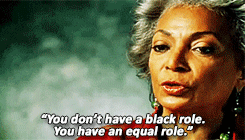66 million years ago, a large asteroid about six miles in diameter smashed into what is present-day Mexico. It was the most unpleasant thing you can imagine for everyone here at the time, and it ended up causing the extinction of over 75% of species, including all the dinosaurs.
Right?
It killed off all the dinosaurs—that’s how the story goes. Right?
The thing is, when we picture dinosaurs, we picture large, reptile-looking guys tramping about on land being dicks. And yes, those guys you’re picturing went extinct.
But there were also a lot of other kinds of dinosaurs, including some with feathers who could fly. While no non-flying dinosaurs survived the mass extinction, some of their avian cousins did survive, and they’re still surviving today. Which leaves us with the surprising fact:
Birds aren’t just the descendants of dinosaurs, they are dinosaurs.
Birds are close relatives of the notorious Velociraptor1—they share a common ancestor with it from the Jurassic period.2
So there dinosaurs were, ruling the Earth, when a big rock changed everything, setting mammals on a new course to dominate the world and sending the mighty dinosaur off to the periphery to watch from the sidelines. And today, most of our attention is on the mammals of the world—ourselves in particular, but also on our dogs and cats and elephants and bears and whales and cows and monkeys and sheep.
But what about our planet’s flying dinosaurs over on the sideline? Have any of us thought to see what’s going on with them?
Sometimes, when a big, popular circus loses its appeal and another, new form of entertainment takes over, and then a bunch of time passes, it’s better not to see what those old, forgotten circus performers are doing these days. Sometimes, you don’t want to know. Because sometimes, it turns out that what’s going on behind the doors of the old, broken down circus caravan is a bunch of weird, dark shit.
This week, I decided to pull back the curtain on the bird world and see what was happening there. Here’s a report on what I found:
Identity Fraud: Ordinary Birds Pretending to Be Exotic
There’s no less glamorous animal than the pigeon, so it’s understandable why so many pigeons are trying to pass off as other, less stigmatized types of birds—but come on:

It’s just not working:

Growing a mustache and calling yourself the Inca Tern is clearly not fooling anyone:

The best pigeon-hiding effort I’ve seen is by a group of white pigeons who spent millions of dollars on PR and rebranded itself as “the dove,” locking down a partnership with the Catholic church and plastering the internet with images and drawings like this:

It gets worse. Here’s a vulture that grew a beard to try to escape all the baggage of being a vulture, which might have worked had it come up with a cleverer name for itself than the bearded vulture:

Here are two skinny-headed anhingas who are pretending not to be birds by posing as the hind legs of a deer or a dog:

Then again, we shouldn’t be surprised when the anhinga is unimpressive, given that this is how it plays hide and seek.
An even more ridiculous move is some normal yellow and black bird gluing a clearly-fake plastic beak onto its face and calling itself the toucan:

Then there’s the harpy eagle trying to pose as a fucking panda bear of all things:

But the most blatant identity fraud cases are happening throughout the chicken world. I get that no one wants to be a chicken.3 A chicken is a tweaky, paranoid joke of an animal. A chicken doesn’t fly, it spazzes into a brief flutter—and it can’t chirp, settling instead for the absurd “bawk.” And while we have the courtesy to call cow and pig meat euphemisms like “beef” and “pork,” we just call chicken meat “chicken,” because nobody respects the chicken. I understand why you’d wish you were a different type of bird. But that’s no excuse for doing psychotic things like painting yourself black:

Or getting a transparent makeover:

Or getting a ridiculous haircut:

Or fluffing out your feathers and calling yourself the silkie hen:

I also discovered a new fad that’s gotten hot—impersonating humans.
Here’s a bird pretending to be a makeup-y 53-year-old woman:

And here’s a bird trying to be a human grandmother:

Here are birds posing as human old men:

And it’s apparently become trendy to grow stylish human hair:

The irony of all these ordinary birds going to insane lengths to try to be more exotic is that what’s going on in the world of exotic birds is far worse:
Sadistic Psychological Abuse of Male Birds By Females
What humans don’t realize is that exotic birds are only exotic for one reason—women abusing their power of sexual selection to force horny men to go through tremendous shame and indignity at their whim. The females in a species of birds can get together and decide to evolutionarily turn the men of their species into literally whatever absurd creatures they want just by agreeing to all “select” for it. Like female peacocks getting together and colluding to only sleep with the men who turn themselves into the biggest, prettiest fans—which leaves the men with no choice but to spend the next hundred million years evolving into big, pretty fans:

And you’d think it would be bad enough that the female mallard thought it would be fun to turn the male mallard’s head bright green, but the much more twisted female mandarin duck has made her man into a piece of full-blown abstract art:

And this is nothing compared to the sick practice by some species of female birds to turn their males into “birds of paradise”—like the tanager females, who got together and decided to have sex with only the fuzziest, most neon men, resulting in this tragedy:

And just look at the shame on the face of the male Wilson’s bird of paradise:

One set of females forced their males to change species altogether into an orange fuzz ball and renamed them “the cock of the rock” because they found it fucking hilarious:

You’d think turning men into clowns would be enough, but the women aren’t done. They make their clowns put on mortifying dance performances:
Meanwhile, many birds have bigger things to worry about than whether they’re exotic or not:
Birds With Proportional Difficulties
There are birds out there going through physical hell and no one has any idea. Like this bird who has the head of a duck but the body of a sparrow:

Or this bird who has a miniature pair of human legs instead of normal bird legs:

This bird has no head:

And this bird is only a head:

These birds didn’t realize you were supposed to be a body with feathers on it, not just feathers and nothing else:4


And this bird forgot to not be just a fuzzy sphere:

Widespread Facial Rotting
One of the more disturbing findings of my investigation was the large number of birds out there who are actively decaying even though they’re not dead yet. The most well-known example is the gruesome turkey, whose facial gummies—which are delicious-looking on other birds—have horribly rotted:

And it gets worse. The wood stork’s head is fully decomposing:

Some have tumor or mold-ridden beaks:

And others have replaced their head entirely with that of a tiny bludgeoned-to-death llama:

Creatures Out in the Open Who Are Clearly Supposed to Still Be in The Egg
The elephant in the room whenever you’re in the presence of a newborn human baby is that it very obviously belongs in the womb for another month. But in the bird world, this phenomenon is far more extreme. Some upsetting examples:

Most alarmingly, many of these fetuses are in a constant state of agony, with every passing moment being the new worst moment of their life:

Birds Who Forgot to Go Extinct When They Were Supposed To
There are a number of birds currently living who were obviously supposed to go extinct a long time ago and just forgot. Most notably, the shoebill:

And the helmeted hornbill:

Rampant Narcissism
The golden pheasant is a prime offender:

As is this strapping eagle, who needs to rein it in a notch and remember that he’s still a bird:

As is this chicken, who doesn’t even have clothes on, let alone a fashion runway and an audience:

But for Americans, we don’t have to look very hard to find avian narcissism at its worst. This is what the bald eagle looked like before 1776:

Just an ordinary, low-confidence bird. But ever since signing a deal with the US to serve as its national emblem, the bald eagle has let the whole thing go to his head, strutting around with this absurd look on his face:

Little does he know how close he was to being ousted in favor of the turkey of all animals.5
Rank Racism

Outrage at Nothing in Particular
There’s an odd fetish in the bird world with being outraged about what seems like nothing in particular.





The Biggest Asshole in the Animal Kingdom
If you know the animal kingdom, you know that’s saying a lot. And no, I’m not talking about the ostrich, nature’s terrible personality on a stick:

I’m talking about the goose.

Outside of the heinous world of insects, I can’t think of a creature that has literally no redeeming qualities. Except for the goose.

You know when you have some bread and you decide to feed some birds, and there’s one piece of shit who’s bigger than everyone else and shoves the other birds out of the way, taking literally every piece of bread, and you have to cleverly strategize in order to throw bread to the rest of the birds, and even then it’s hard? Well the goose is the quintessential feed-the-birds-bully.

The goose is perpetually unpleasant to be around, and the second something happens that doesn’t go his way, he has a fit and makes this appalling face:



That’s about plenty of the goose.
Delusion
The bald eagle isn’t the only bird with a hero’s complex. Steller’s sea-eagle seems to be convinced that he’s that Disney character who’s all hardened and low-voiced and gruff and doesn’t want to talk about his past but then ends up having a heart of gold and agrees to mentor the protagonist and ends up sacrificing himself to save the day:

On the other side of things, it appears that the vulture has taken his reputation to heart and become a caricature of himself, overexaggerating his sinister, menacing stereotype in a bad-guy-in-a-kids-movie way:

And just when you thought we had our hands full with these real birds thinking they’re fictional, the puffin, who is fictional, is out there living his life in the three-dimensional real world as if he’s an actual creature:

Odd so far, and a bit grim. But as my investigation grew deeper and I asked more questions, I began to uncover more disturbing things going on in the darkest corners of the bird world:
Legitimately Psychotic Behavior in the Pigeon World
The identity fraud pigeon cases mentioned above were just the tip of the iceberg of the strange things going on with pigeons. On the streets of your city, you’d have no idea, but as I explored, I was shocked by what I found. It started with certain pigeons looking kind of abnormal:

Something wasn’t right. I dug deeper, and an entire perverted world began to reveal itself:



![pigeons-champion4[3]](http://28oa9i1t08037ue3m1l0i861.wpengine.netdna-cdn.com/wp-content/uploads/2014/10/pigeons-champion43.jpg)
After that last one, I decided I had dug deep enough. I still don’t know what the fuck is going on with those pigeons.
And my darkest findings were still yet to come—
The Rapey White Parrot That’s Terrorizing the Planet
I’m not talking about normal parrots, or even this overly-segmented fuck:

I’m talking very specifically about the white parrot:

Here’s what I want you to do. Look at the above photo and form an opinion about his motive at the moment the picture was taken.
Now watch this video:
Now look at this picture again:

Not okay, right?
A Ghostly Sociopath Who Watches You at Night
Owls are creepy. Everyone knows that. But when most people think of an owl, they picture this handsome, potentially-wise, only-scary-in-a-cartoonish-way owl:

Or maybe they picture the low self-esteem owl:

They might even picture the genuinely eerie round-headed owl:

What they probably don’t picture is the ghostly sociopath owl who watches you at night:

Let’s just discuss the situation here. First of all, he doesn’t have a face, he has an anti-face, which is unsettling as fuck. Secondly, he’s a predator who makes his living silently murdering unsuspecting living things. Thirdly, he’s nocturnal. Of course. Fourthly, most of the time, he’s just standing there by himself, perfectly still, with wide eyes. Fifthly, he says “hoo.” All the normal birds “chirp,” and this creepy fuck says “hoo.” And finally, add on to all of that that his head swivels around and even flips completely upside down:

Then—then—I come across this GIF:

And this GIF:

Nothing about this GIF is okay. The guy on the left is manically devouring some kind of rat alive, the two guys on the right are slinking around like the grudge lady coming down the stairs, and those three manage to be the three least disturbing owls in the GIF.
Moving on—
Complete Mental Breakdowns
We all know that the flamingo lost his mind a long time ago:

And the potoo’s snap is well-documented:



But as I reached the farthest fringes of society, I saw more and more cases that seemed beyond hope.
Like the arctic tern and its inexplicable migration habits. In general, I’ve always wondered what birds’ issue is and why they need to migrate such absurd distances, and then I read about the arctic tern and found this:
Arctic terns are true champions in the bird world. They fly about 11,000 miles from their breeding grounds in the Arctic to their winter home in Antarctica.
Champions? Champions of what—horrible decision-making? The North Pole is 6,000 miles away from the equator. Every climate possible exists in between. Whatever climate difference they’re finding on the other pole could be achieved by flying 1,000 miles of latitude away from the pole. There’s no explanation for going farther than 6,000 miles. And if the arctic tern claims there’s some key subtle factor that makes the far pole better than somewhere on their current hemisphere, that’s like commuting every day from your home in Boston to an office in San Francisco because you found a slightly better deal on office rent there.

An atrocious decision-maker
Then there’s the California condor, who at some point began shaving his whole head and face for no apparent reason:



And there’s this lunatic:

And this chicken, whose family hasn’t heard from him in over a year:

And these chickens, who look like walking food:



And these birds, who are non-ironically and permanently impersonating Big Bird:

And this parakeet, for whom we need no comment:

Birds Who Apparently Think This is All a Big Joke
If there’s one takeaway from all this, it’s that the state of the bird world should not be taken lightly, especially by birds. And yet, in the midst of everything I found, there were a bunch of birds who couldn’t give a fuck either way. Like the dimwitted spoonbill:

Or this incredibly immature pelican:

Or the blue-footed booby—

—who seemed more intent on dancing than doing anything to help:

I’ll wrap up with a bird who should be concerned about both the wider bird world and his own bizarre situation and seems apparently worried about neither:

So there you go. Next time you’re outside and you see your neighborhood crow or sparrow or pigeon, just remember: A) it’s a dinosaur, B) it may have secrets, and C) leave it at that—some things are better left unexplored.

____________
More Wait But Why investigative journalism into the animal world:
The Bunny Manifesto
The Primate Awards
Why Bugs Ruin Everything
Note: We changed over to Disqus for comments. Annoying that it makes you create an account, but it only takes 2 seconds and it’s much more interactive with upvoting and downvoting. Facebook comment section is the same as it was. If you have feedback, we’d love to hear it—contact@waitbutwhy.com.
who the movie Jurassic Park lied to you a lot about—they were around the size of a turkey, feathered, and not especially intelligent.↩
I have a billion things to say about dinosaurs and this extinction event, but I’m going to cut myself off here and save it for a post all about it.↩
Weirdly, the currently-living creature whose DNA is most closely-related to that of a Tyrannosaurus Rex? The chicken. I picture what happened is that T-Rexes started having these disappointing sons and the fathers would be like, “You’re not my son” and then those sons would have even more disappointing sons and disown them, and then it happened again and again each generation and 65 million years later, this is where we are.↩
I’ve been informed by a reader that the first of these two birds is, in fact, much more of a Christmas tree ornament and much less of a living bird. On one hand, I should probably take it off the post. On the other hand, I’m going to leave it up as commentary about how ridiculous-looking real birds are that I couldn’t tell that this was fake.↩
Before settling on the bald eagle, Ben Franklin suggested that the US choose the turkey as its national emblem. He thought the turkey made more sense because it was aggressive and mean, while the bald eagle was a lazy scavenger.↩
The post The Dark Secrets of the Bird World appeared first on Wait But Why.
















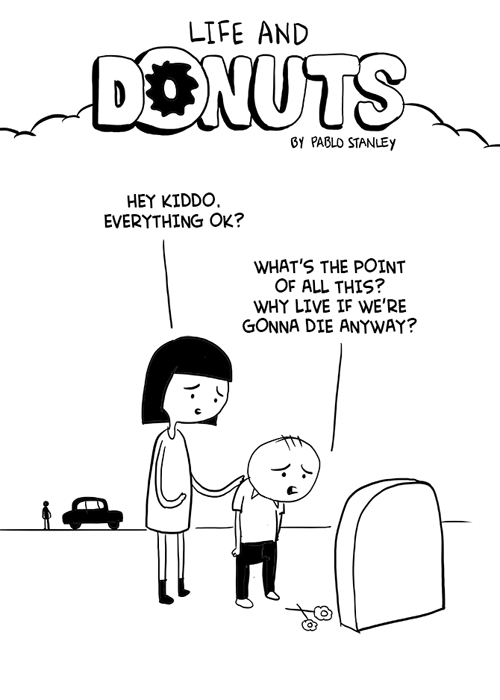
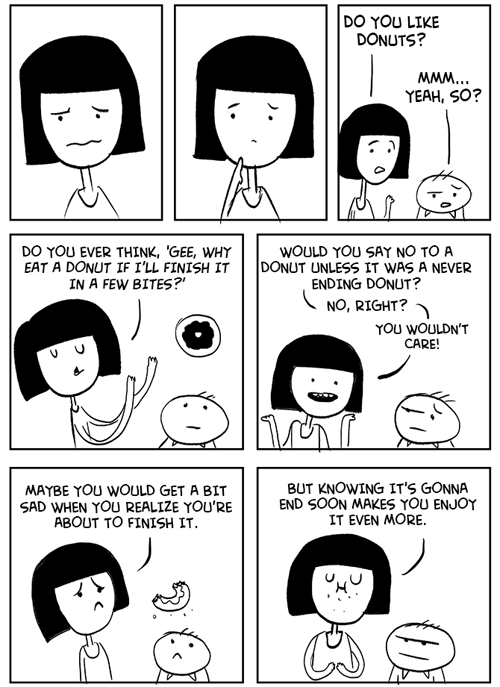


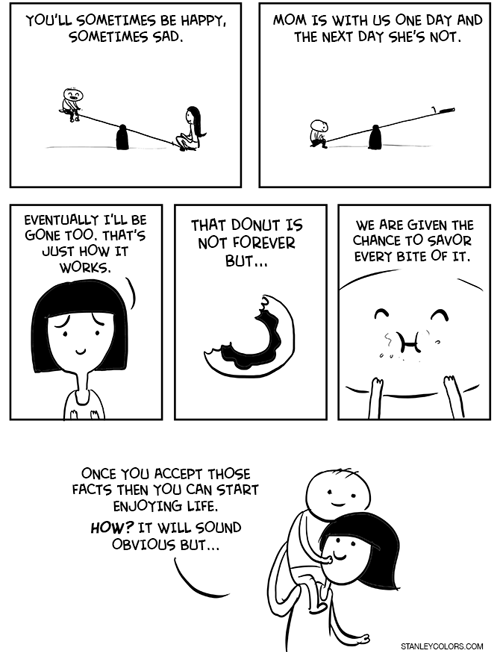
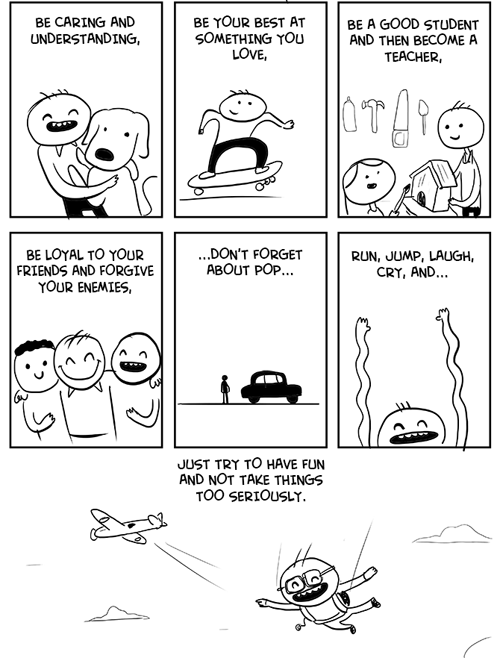








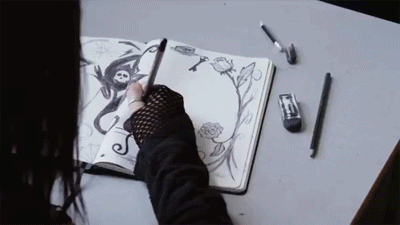
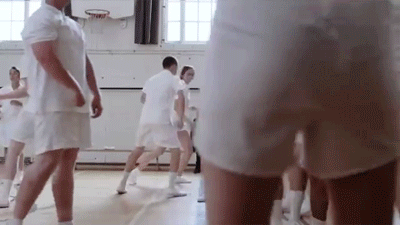
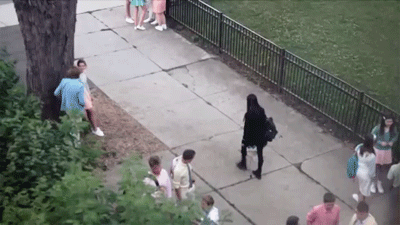

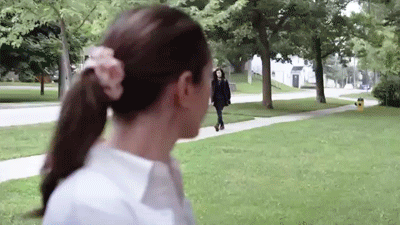






















































































































![pigeons-champion4[3]](http://28oa9i1t08037ue3m1l0i861.wpengine.netdna-cdn.com/wp-content/uploads/2014/10/pigeons-champion43.jpg)










































